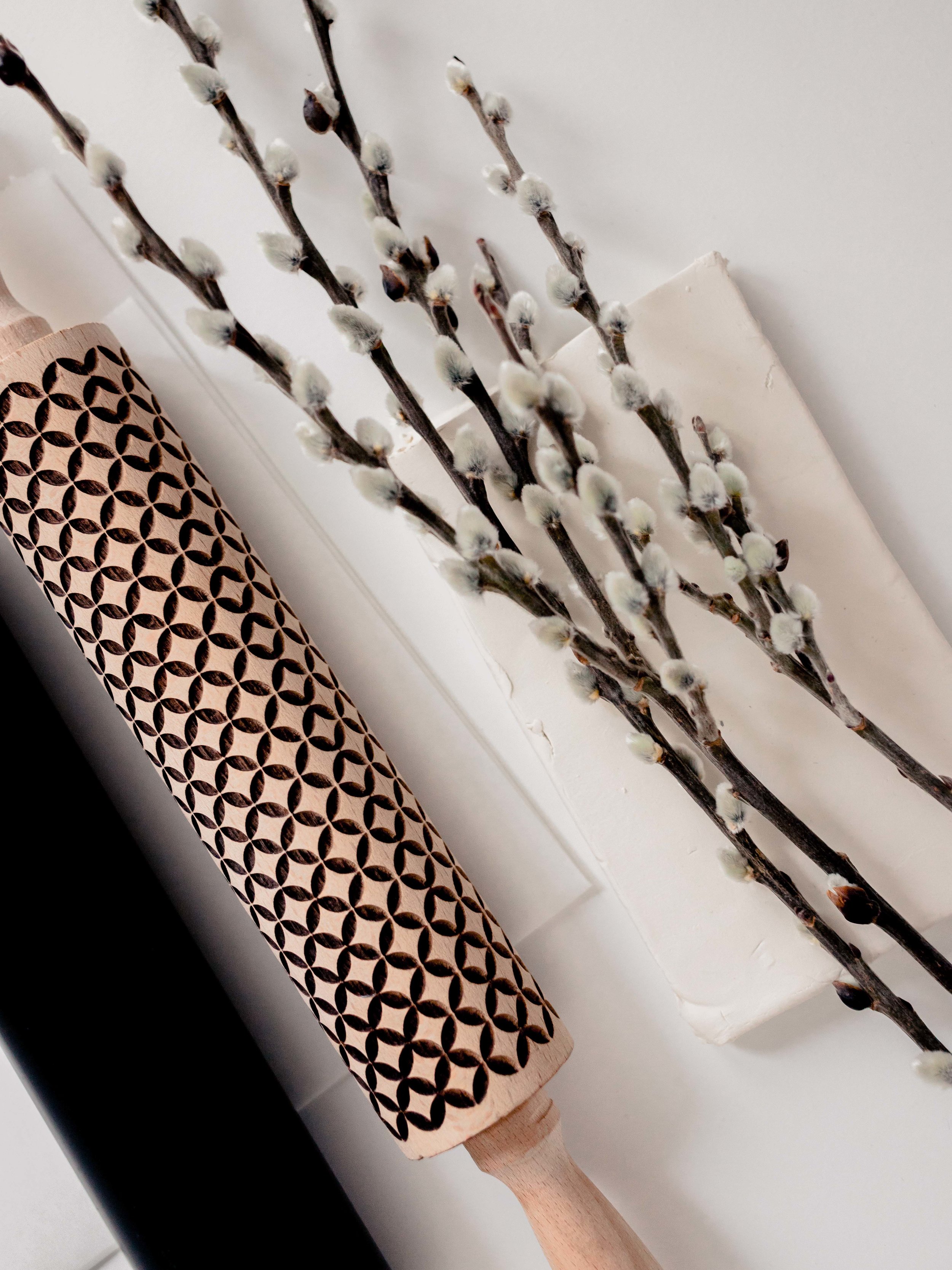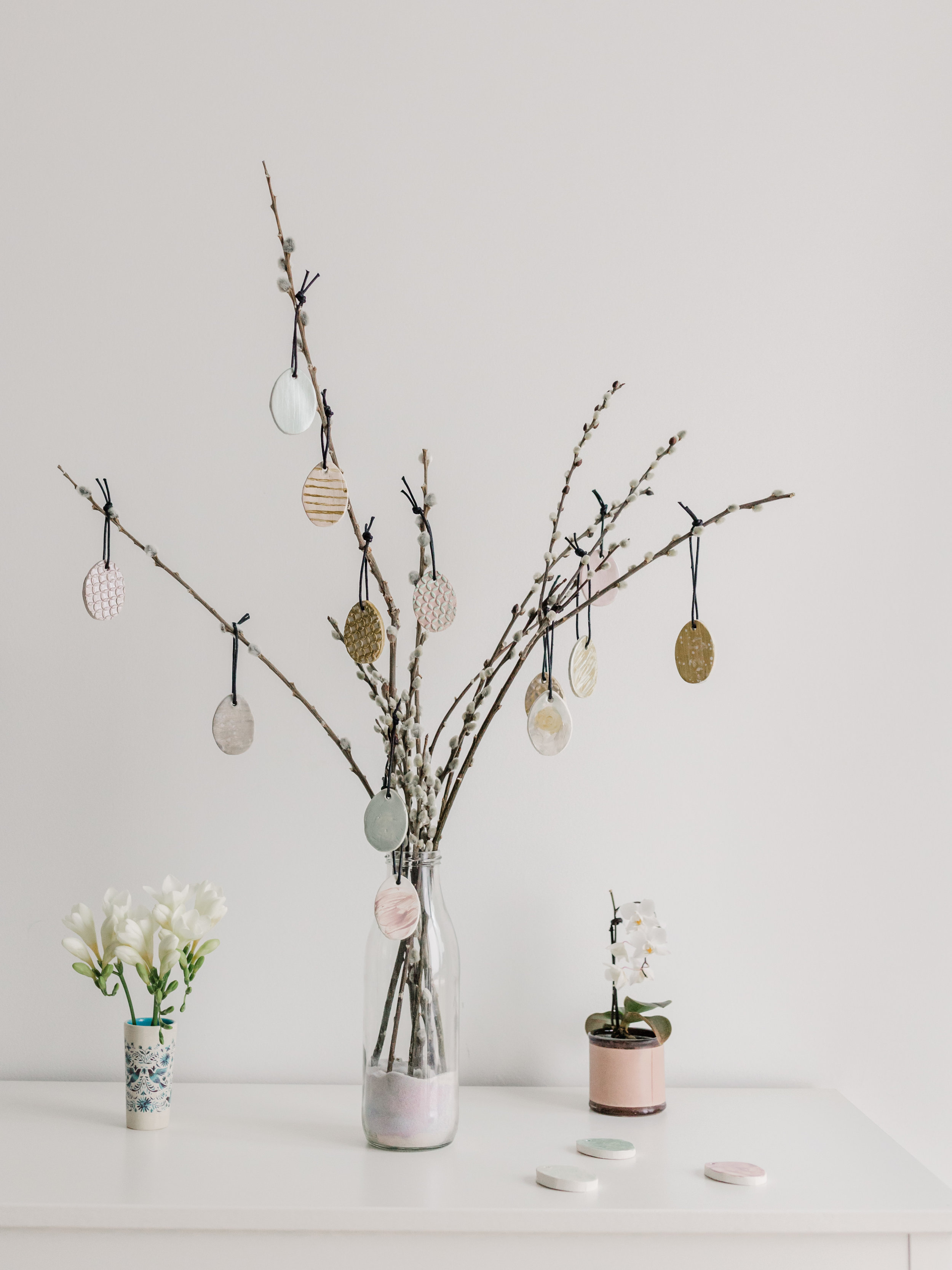Let's Decorate: Austrian Easter
Lent starts in the gloom and the dark. We rest, we recommit, and slowly we move into the full beauty of spring. Good Friday is solemn, the magnitude of Christ’s sacrifice and God’s unending love overwhelms. Saturday is the time in between. We wait.
At home in our small corner of Vienna, Austria, we rest in the silence. Our garden is covered in dark and shadow. Easter buns are on the table. Our house smells of brioche, coffee, and lilacs. Dawn breaks. The sun pours out early morning light. The bells of a nearby church, quiet since Good Friday, ring out. The sound bounces off Vienna’s cobblestone streets. It’s Resurrection Sunday, and there is praise, there is rejoicing, there is new life.
Easter is a time to sing. It’s a time to worship. It’s a time to celebrate this gift of life, eternal, meaningful and real, in Christ. It’s a time to party, and what’s a party without decorations?
Decorate to celebrate
Decorations mark changes in times and seasons. They’re symbols, bringing energy and life to ancient traditions. Decorations can be a form of worship, a creation into which we pour gratitude, thanksgiving and praise. Austrians decorate their homes for Easter, hanging hand painted eggs from branches in bloom with the buds of spring. These Ostereierbaum (Easter egg trees) sparkle, the hand painted eggs shining in the sun’s light.
On Palm Sunday parishioners bring willow branches to Austria’s Catholic churches. The branches are ‘blessed’ by the priests. Excess branches, or ones bought separately from a friendly neighborhood florist, are used to make Ostereierbaum. Dangling from these branches, decorated eggs are a symbol of rebirth and new life. Combined, the branches and the eggs remind us that the full, free life we have in Christ came at a steep price – the life of the One who rode across palm branches on His way to Jerusalem and the cross of Calvary. In turn, the light shining through the eggs chases away the dark, showing us ‘the wide open spaces of God’s grace and glory.’ (Romans 5:2, The Message)
Last year, at the end of a Bible study, a friend handed me a bundle of willow branches and a collection of hand painted eggs. They sat displayed in a vase long after spring turned to summer. This year, we made our own ‘eggs.’ You could use fabric, paper, or even actual eggs (if you’re very skilled or exceptionally brave). We used clay.
Here’s how you can make your own Ostereierbaum.
Supplies:
A half-dozen strong twigs
Acrylic paint in your favorite colors
Paint brushes and paint palette
A straw, or clay knives
500g air-drying clay in white or taupe
A vase big enough to hold the twigs
An egg-shaped cookie cutter
A rolling pin (a standard one, or a fancy one with carvings and imprints if you like chic patterns)
Non-stick baking paper
Twine or ribbon
Clear varnish
Water in a jar
Step one: Roll out a handful of clay on the non-stick baking paper until about 1/8 inch thick. Use your Easter egg cookie cutter to cut out the Ostereierbaum eggs. Repeat until you either run out of clay or decide that, if you make any more, you’ll have to go hunting for another vase and more twigs. (We made about 20 eggs)
Step two: Arrange the eggs on a clean sheet of non-stick baking paper. Use your straw or clay knife to make a hole through each egg. Use your fingers and a drop of water to smooth out the eggs, including the sides.
Step three: Now it’s time to paint. Have fun. Try not to get paint on your floor (it’s harder than you think).
Step four: Leave the eggs on the non-stick paper and place the paper somewhere beyond the reach of inquisitive pets and little hands. Leave to dry overnight (or according to packet directions).
Step five: Once dry, coat the eggs in clear varnish. (Full disclosure, we used clear nail polish – dries quickly, looks great, but smells like a beauty parlour.) As the varnish dries, assemble the twigs in your vase.
Step six: Cut your ribbon or twine into roughly 8-inch strips. Thread through the eggs and double knot to tie. Hang the eggs on the branches, and display with joy.
*all photos by Erin East












